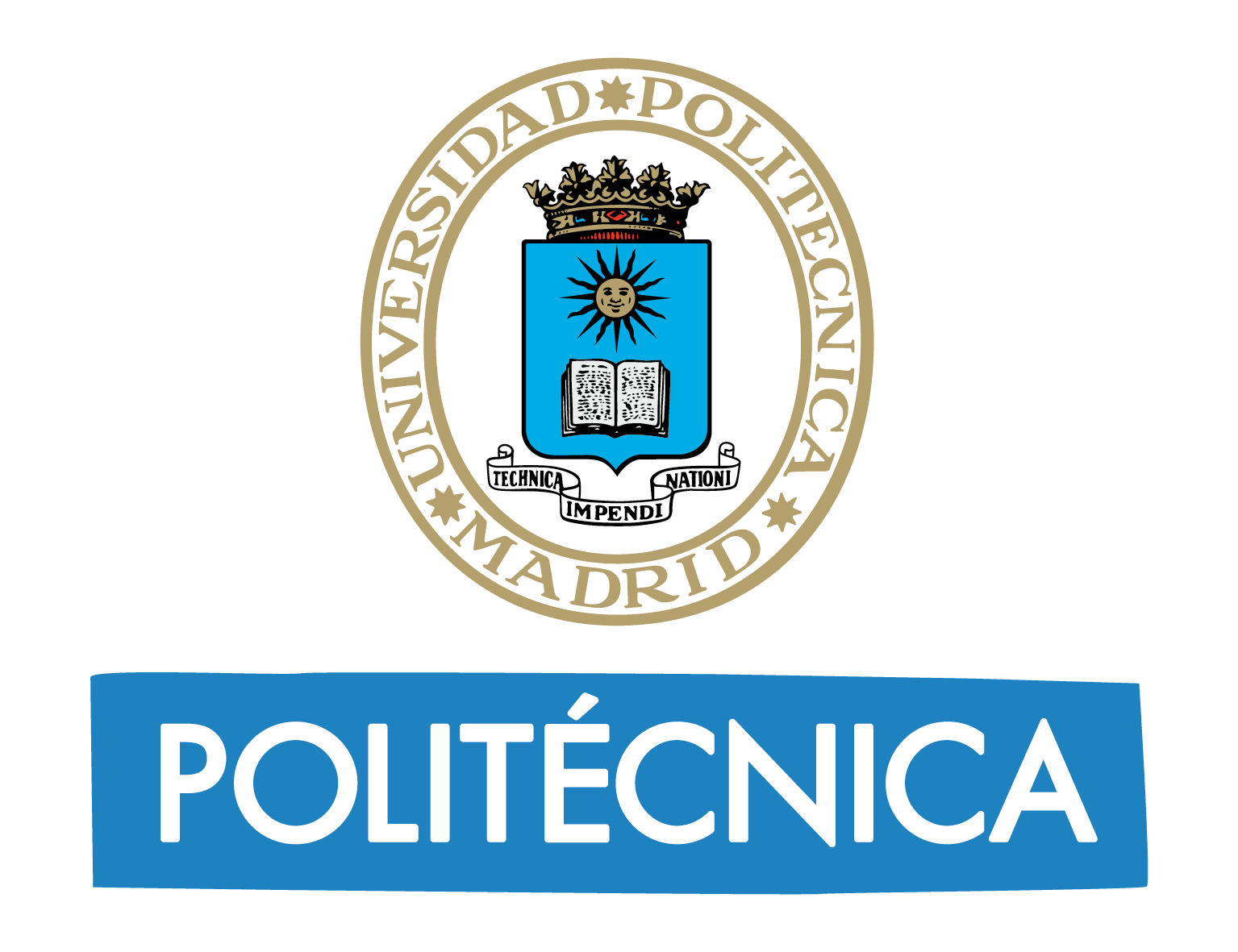International Year of Millets 2023
The Food and Agriculture Organization (FAO) is committing 2023 to millets. These cereals have many benefits, as explains professor Santiago Moreno.
The United Nations General Assembly declared 2023 the International Year of Millets in March 2021. The Food and Agriculture Organisation of the United Nations (FAO) is now in charge of this event until December.
The International Year of Millets offers an ideal window of opportunity to increase awareness about millets' health and nutritional benefits. Millets, a generic name for several species of small grain cereals, is the world's sixth most important cereal. Nevertheless, millets are being grossly underrated and underused. Some of their benefits: They are rich in energy, have high protein content, and are essential for the diet of people with the coeliac disease since millets are gluten-free. It is also notable the suitability of millets for cultivation under adverse and changing climatic conditions, as they are fast-growing grains with low water requirements (can grow in arid soils). They are also highly resistant to pests and resilient to climatic changes, withstanding sudden temperature changes.
.jpg)
However, these species differ in some characteristics. There needs to be more clarity between the different genera and the properties of each species of this nutritious cereal. For this reason, Santiago Moreno, professor in the Department of Biotechnology - Plant Biology at the 'Escuela Técnica Superior de Ingeniería Agronómica, Alimentaria y de Biosistemas' (ETSIAAB), Santiago Moreno, sheds light on 4 of the most important millet species.
'Pennisetum glaucum', better known as pearl millet, is the most widely cultivated type of millet, which holds the record for living in drier spaces and environments lacking water. "Even more than wheat, barley or maize," says professor Santiago Moreno, as it can tolerate heat stress, salinity stress and water stress and is quite resistant to pests and diseases. 'Eleusine coracana', known as finger millet, is also highly resilient and can adapt to different temperature and humidity ranges.
Besides, 'Setaria italica' or foxtail millet, is Asia's second most cultivated and most important millet. According to the professor, this species stands out for "having some extraordinary nutritional properties" and is therefore especially recommended for pregnant women and the elderly due to its high levels of protein, dietary fibre, vitamins and antioxidants. Finally, 'Panicum miliaceum' or proso millet is traded as a dietary food and, due to its lack of gluten, can be part of the diets of coeliacs.
Millets in the ETSIAAB
The Plant Production professor considers that "these species should have more surface area than they do" since they are not easy to find in Spain. In fact, in a botanical-technological small garden of the ETSIAAB, known by its Spanish acronym AVI which stands for 'Aula Verde Invernadero', pearl millet has just been planted again. In the coming months, foxtail and proso millet will also be grown for the first time in the AVI.
Millets are less than 2% of global cereal production. However, although millets are rarely used for human consumption in the West - it is mainly traded on international markets in small quantities as bird seed - it is an essential source of food in countries in Asia and sub-Saharan Africa. It is estimated that 95% of the world's millet area is in developing countries. Its resilience to rainfall scarcity also provides an opportunity for growth in developed countries threatened by drought and climate change effects. Therefore the International Year of Millets 2023 will encourage countries to increase their self-sufficiency and reduce dependence on millet imports.
Moreover, with an eye on the 2030 Agenda, the celebration of the International Year of Millets 2023 helps to achieve several of the Sustainable Development Goals (SDGs) defined by the UN; SDG2: Zero Hunger, SDG3: Good Health and Well-being, SDG13: Climate Action and SDG15: Life on Land.


